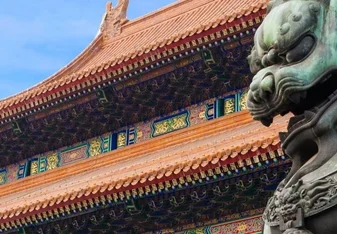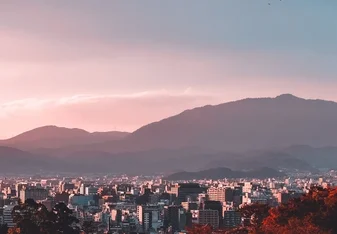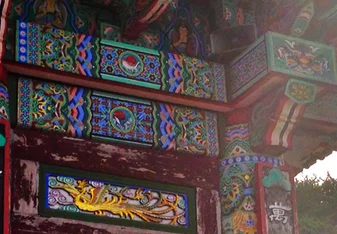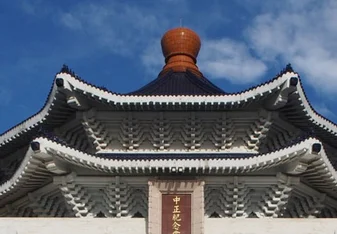Gap Year Programs in Tibet
About
The serene beauty of Tibet serves as a mystifying backdrop for the Buddhist monasteries that burst with culture. Tibet is an incredible wonder that offers any potential gap year-er an amazing experience. The towering mountains provide thrill seekers an opportunity of a lifetime, the culture is rich with tradition and the possibilities are endless to help expand any career with international experience.
Program Types
Teaching English
Tibet offers a wide variety of positions to potential teachers willing to put in the time and effort to teach English. Teaching in Tibet provides many potential teachers the opportunity to generate education in the most isolated populations of Tibet. The programs often provide participants with a culturally immersive experience, ranging from homestay in a Buddhist monastery to cultural excursions in Lhasa. The length for each program varies, which allows participants to find the perfect fit for their gap year need.
Internships
Internships offer a unique experience for potential gap year-ers to expand their future career with international experience. There are many international internships available in Tibet that cover a variety of interests that include promoting human rights, promoting women’s rights, promoting democratic freedom and campaigns to end poverty. These internships vary in length and often provide college credits, as well as career improving experience.
Volunteering
Volunteering is another opportunity for many to explore Tibet while giving back. There are many different possibilities including working in orphanages to help provide childcare, volunteering in women and youth clubs to help organize different cultural exchange opportunities, fun activities and workshops, as well as construction projects to help improve the infrastructure of communities. Many of these programs differ in length of stay, allowing volunteers to participate in a range of experiences throughout a gap year.
Travel
Tibet is a beautiful country with endless possibilities to explore and discover. Many travel and adventure programs provide potential gap year-ers an in-depth adventure to experience all that Tibet has to offer. These programs cover a wide range of interest from focusing on Buddhist monasteries and palaces in order to understand meditation and inner peace, to trekking the likes of Mount Kailash, maybe even Mount Everest, to experience what it feels like to be on top of the world.
Planning Your Trip
Cost of Living
Many programs detailed above cannot provide monetary compensation for volunteers, but often provide free room and board. If not, the cost of living is relatively cheap in Tibet. Many accommodations throughout Tibet range in ranking from 2-5 stars, which directly affect costs. The lower end of costs for food and accommodations ranges between $150-$200, whereas the higher end of costs for food and accommodations falls between $300-$400.
Culture and Etiquette in Tibet
The most common greeting gesture in Tibet is the act of sticking out one’s tongue, which is often paired with placing hands, palm to palm, in front of the chest. It is custom in speaking to people to add “la” after the name in order to show politeness and respect. This is because it is the equivalent of using “Mr/Mrs/Ms” in English.
When visiting a monastery, or temple, always dress appropriately. Avoid wearing shorts and short skirts, and instead wear long pants or long skirts. Before entering a monastery or temple, ensure that it is open, as well as if it allows women to enter. While inside the monastery or temple, always walk around in a clockwise pattern, and be mindful of taking photographs. Many monasteries and temples provide overnight stay for visitors at no charge, as a sign of respect and thankfulness a donation is often given.
As with any foreign country, showing mindfulness to traditional customs and making attempts to speak basic phrases will be taken as respectful and polite.
Health & Safety
Health and Safety in Tibet
When traveling to Tibet, avoid political dialogue. “Free Tibet” protests and campaigns will end in the likelihood of deportation or worse. Also, as with any other foreign country, beware of pickpockets, tourism scams and dangerous situations by being mindful of one’s surroundings.
The altitude in Tibet is a problem for many travelers. Acute Mountain Sickness is a common sickness at high altitude and elevations, affecting nearly all travelers with some type of symptom. The mild symptoms include headaches, dizziness, difficulty sleeping, or loss of appetite, and the more serious symptoms include lack of coordination, vomiting, or being out of breath when at rest. Some ways to avoid AMS is to ascend slowly, slow one’s walking pace, stay hydrated and remember to rest, and, if all else fails, return to a lower altitude.










